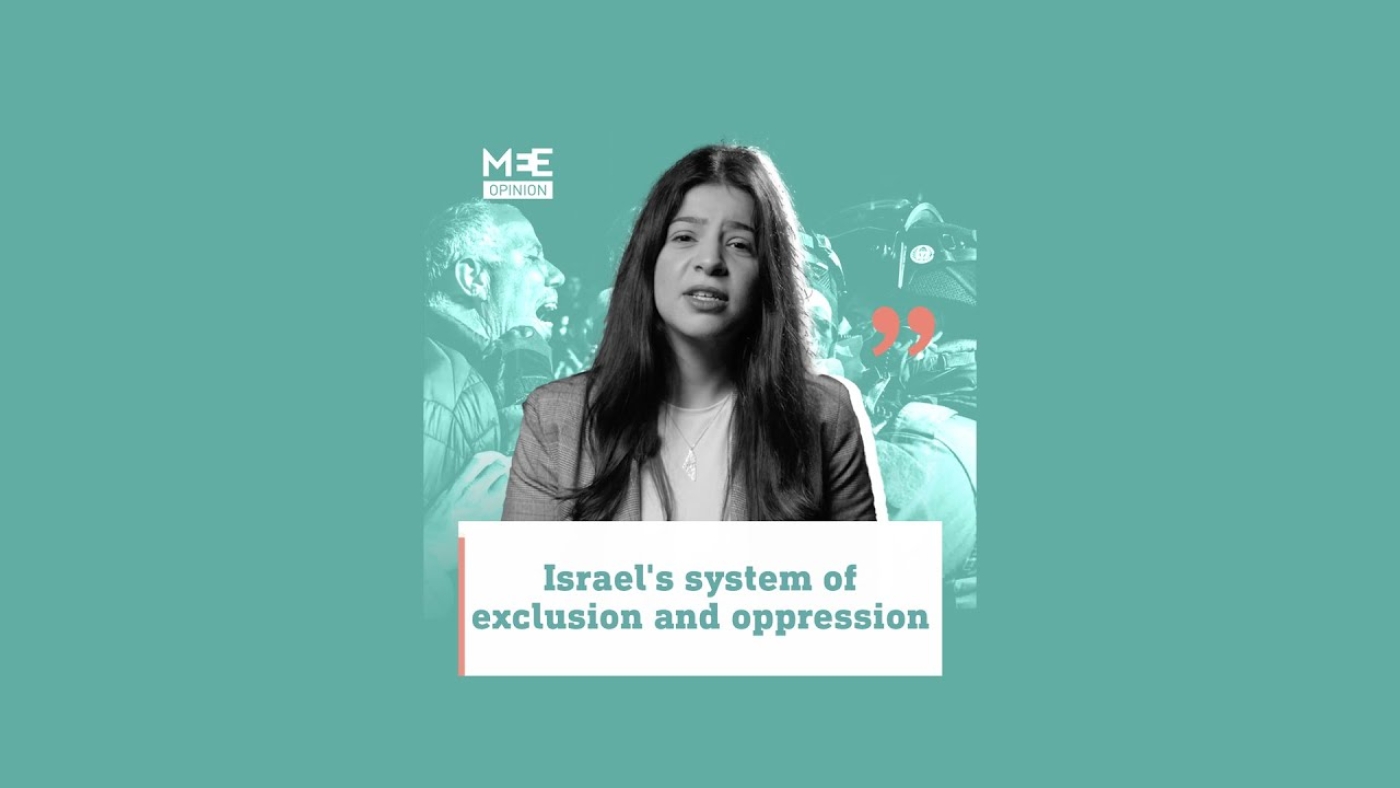Op-Ed video: Israel's Cogat procedure codifies a system of exclusion and oppression
Israel is creating a coercive environment designed to strengthen and entrench its occupation of the West Bank, says Palestinian lawyer Dania Abul Haj.
The latest Cogat procedure, which came into force late last year, is designed to further Israel's military control and make it difficult for diaspora Palestinians to teach, study, volunteer, work or live in the occupied West Bank.
Cogat refers to the Coordination of Government Activities in the Territories and is the body that has run Israel's activities in the occupied Palestinian territories since 1981.
Last year Israel introduced a new set of procedures, collectively named Cogat 22, which "severely infringe family rights; curtail economic, social and cultural rights to the detriment of Palestinian self determination; and discriminate against Palestinians and foreigners on the basis of race, religion or ethnicity," Abul Haj said.
"The procedure is the latest in a long line of policies designed by Israel to create a coercive environment aimed at transferring Palestinians out of the West Bank.
"It is also one of many countless policies and practices which Israel uses to strengthen and entrench its occupation in an ongoing process of incremental annexation of the West Bank."
Middle East Eye propose une couverture et une analyse indépendantes et incomparables du Moyen-Orient, de l’Afrique du Nord et d’autres régions du monde. Pour en savoir plus sur la reprise de ce contenu et les frais qui s’appliquent, veuillez remplir ce formulaire [en anglais]. Pour en savoir plus sur MEE, cliquez ici [en anglais].






